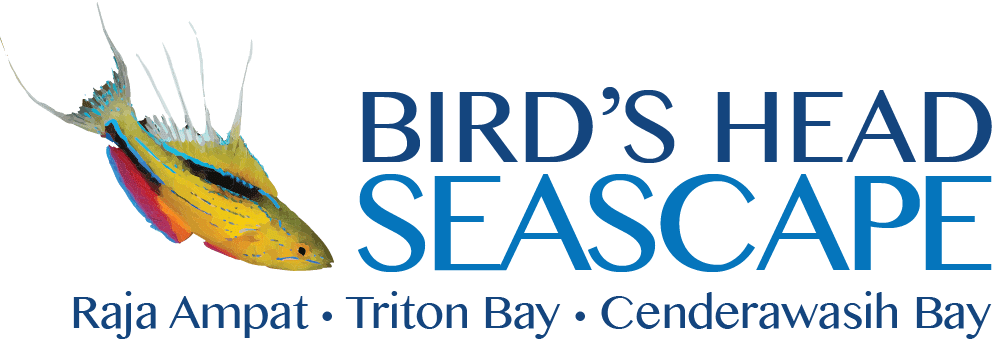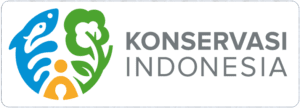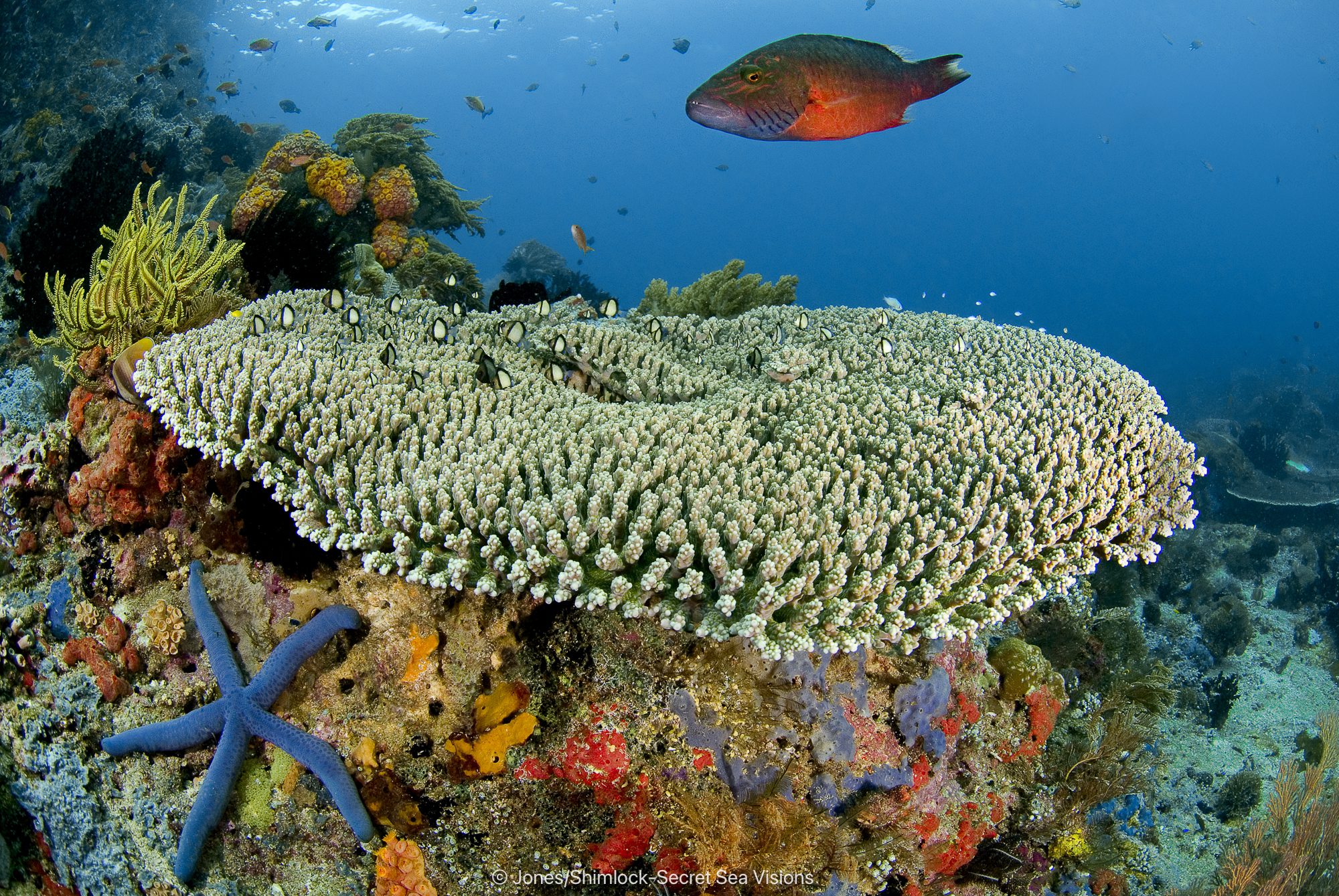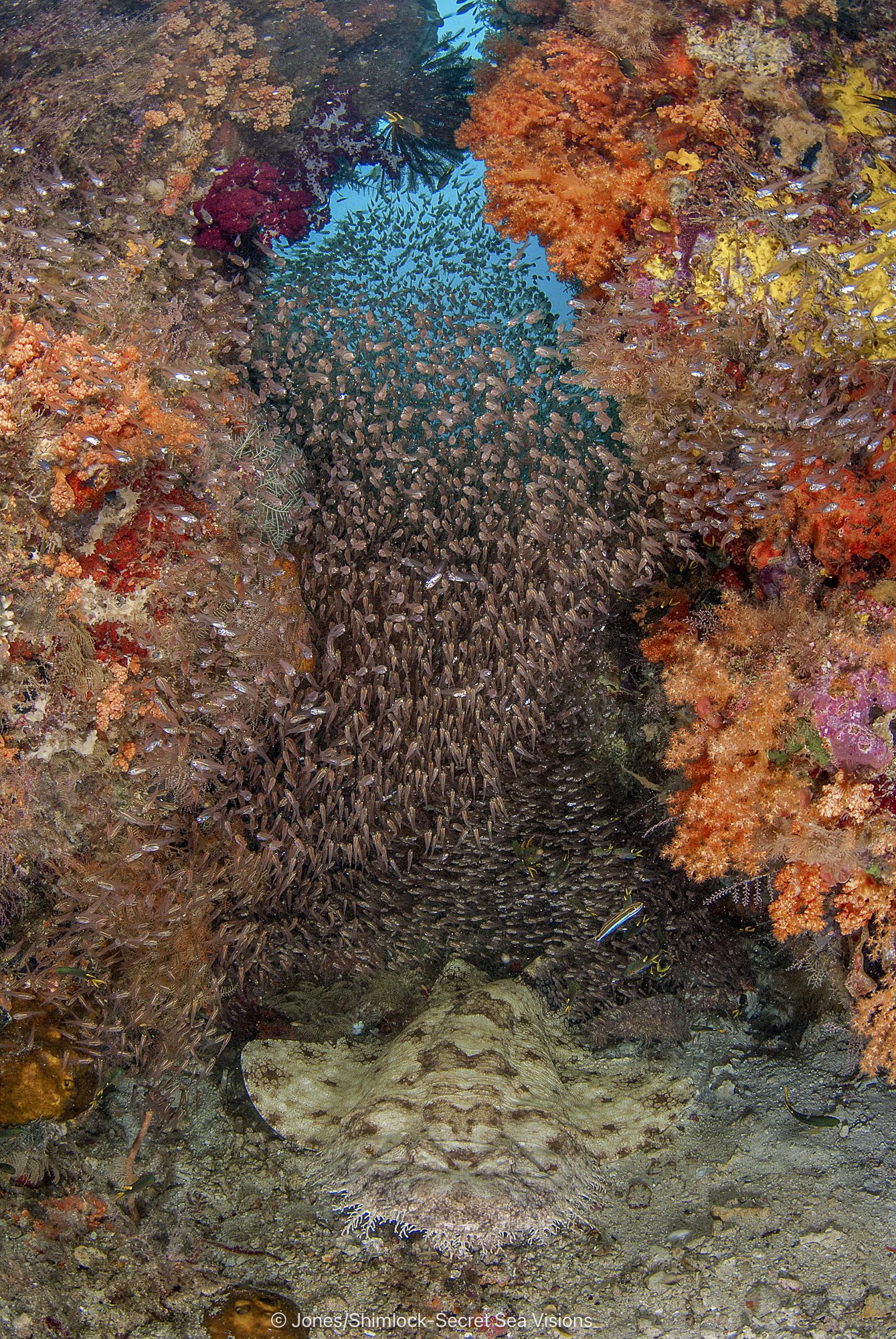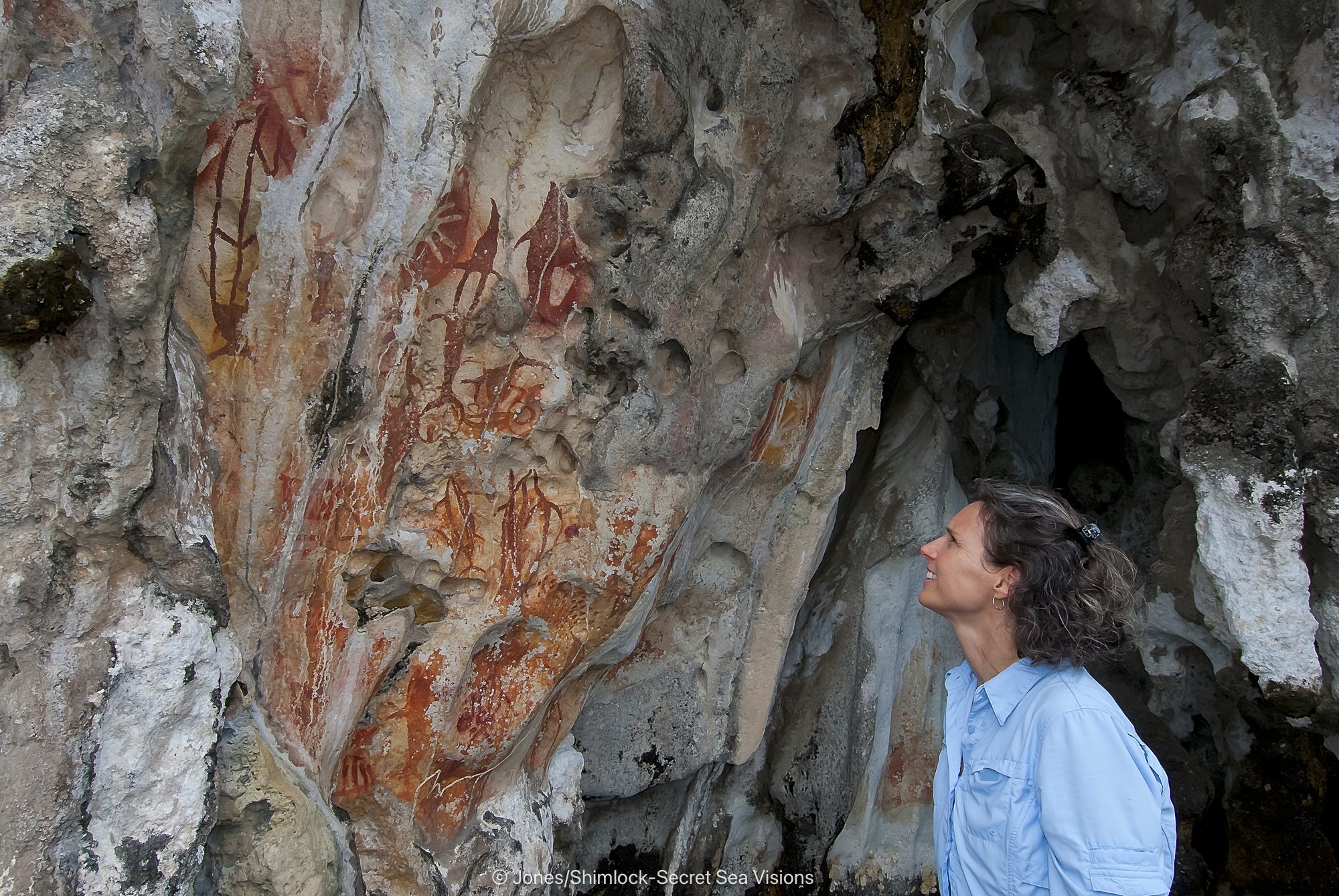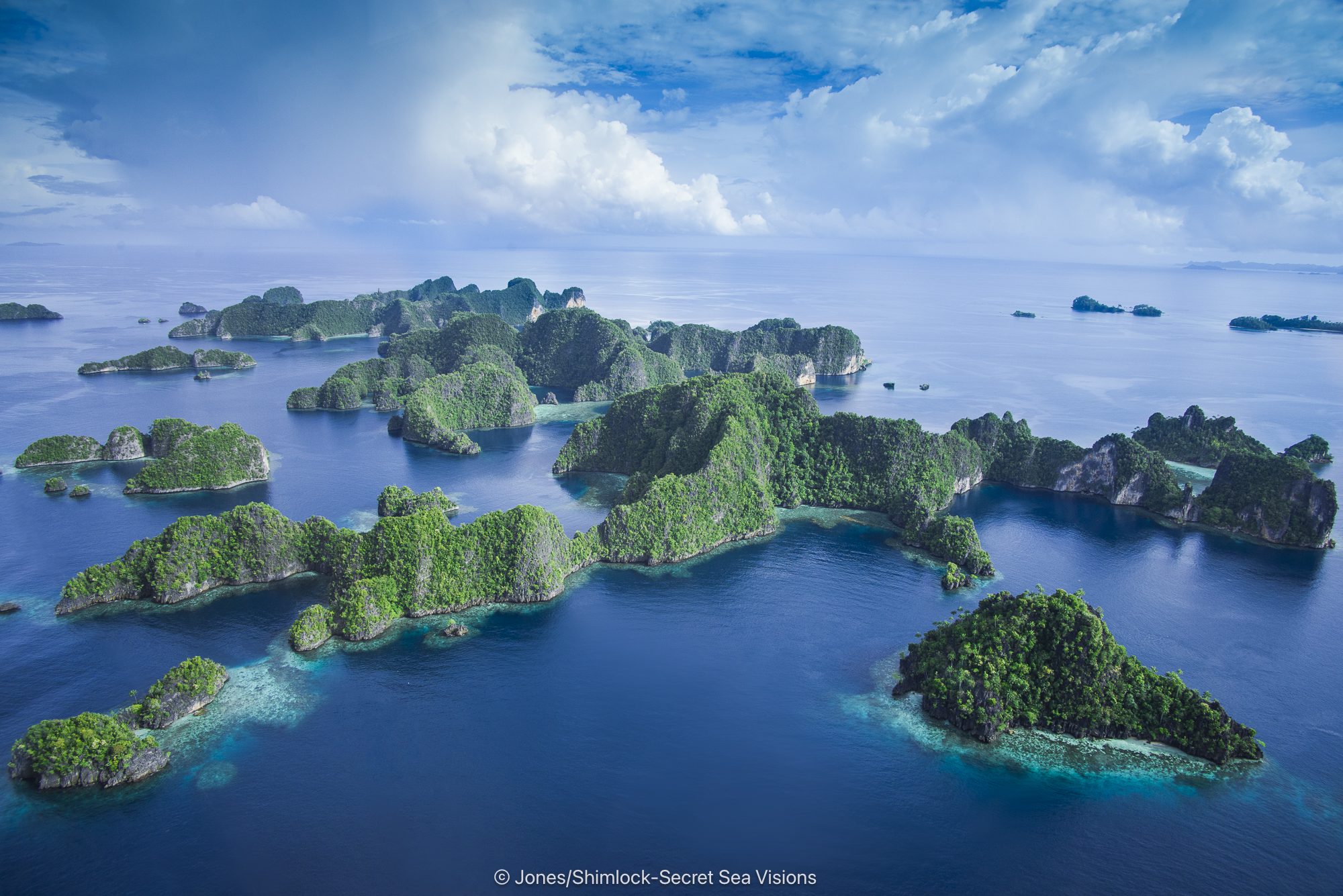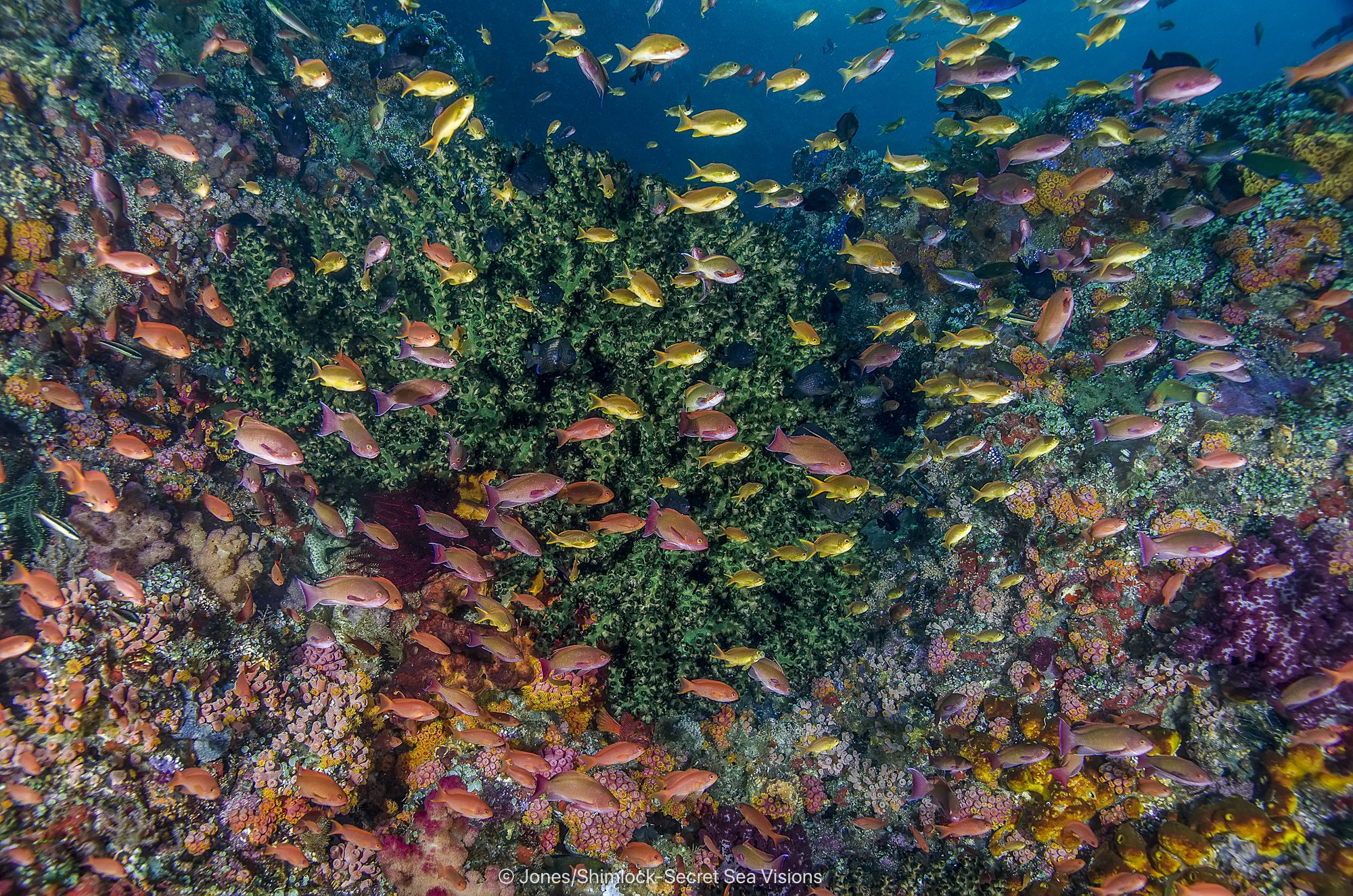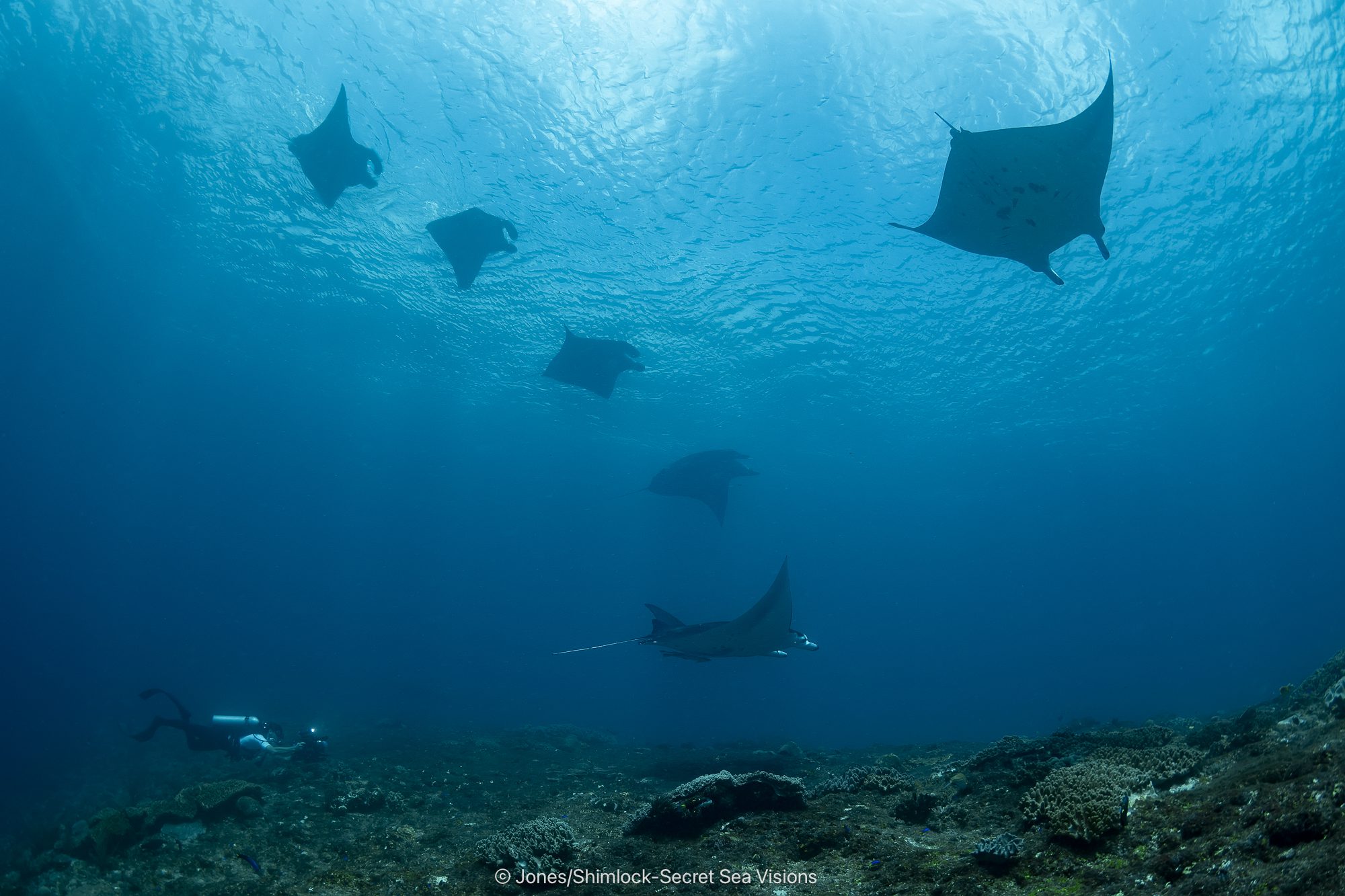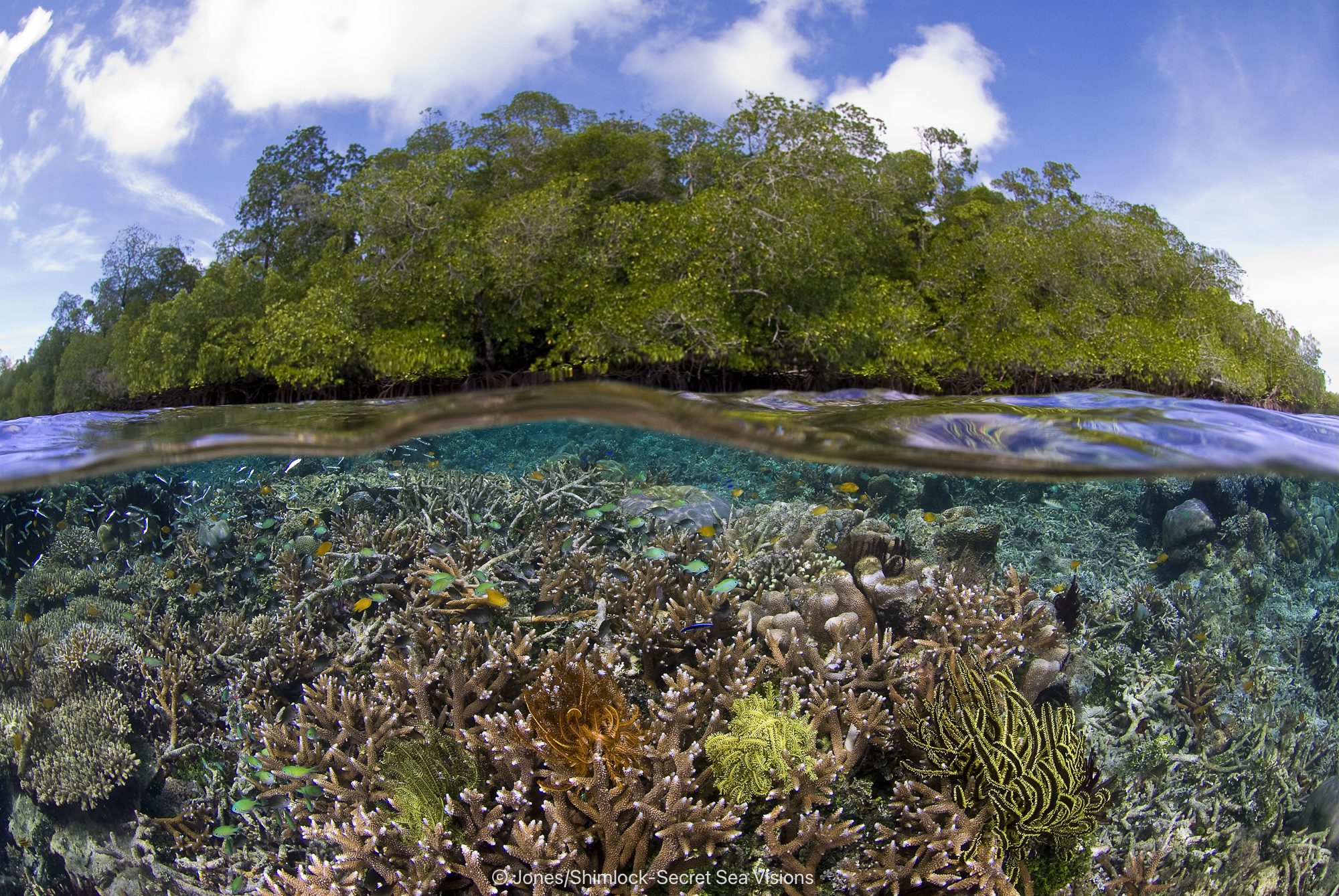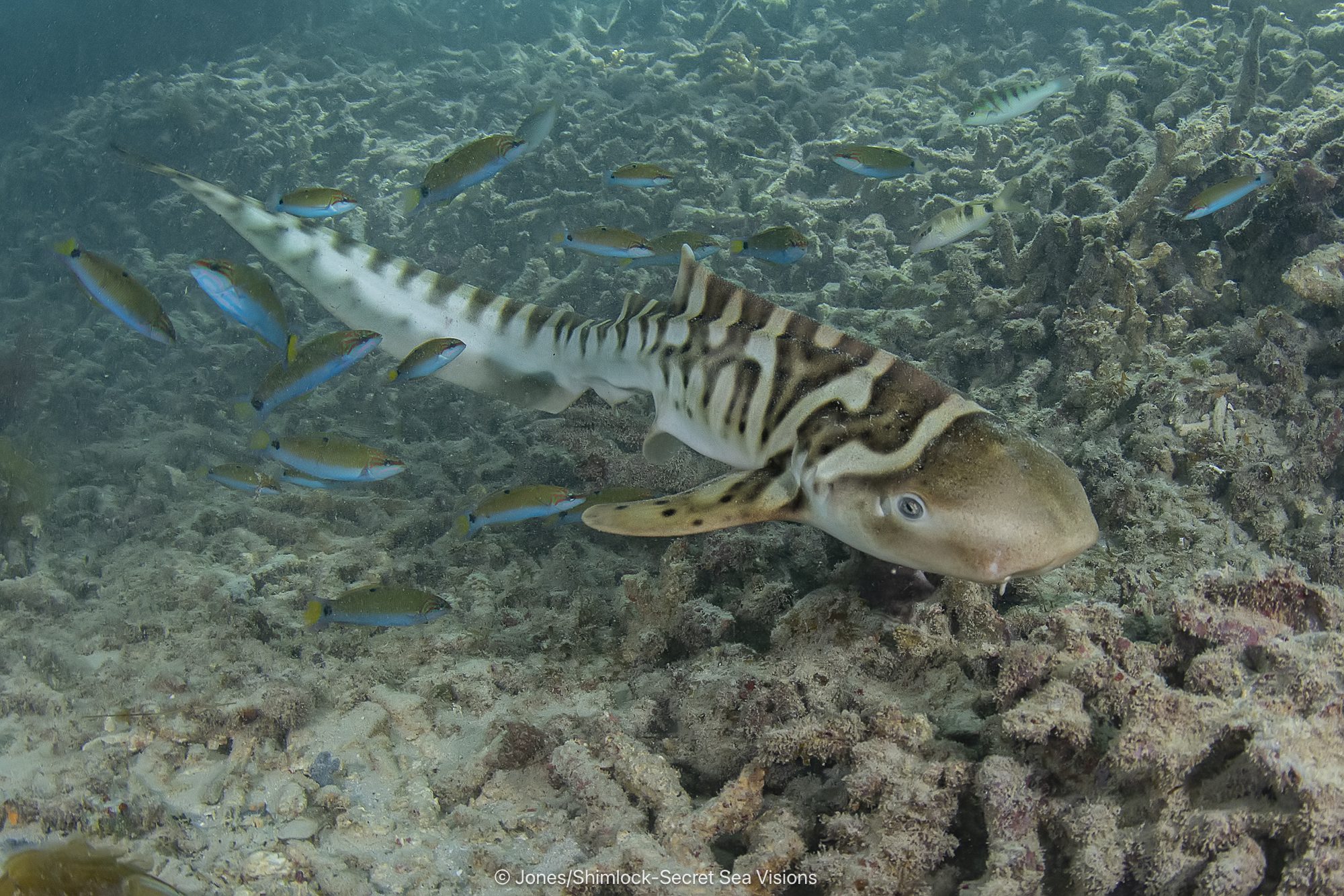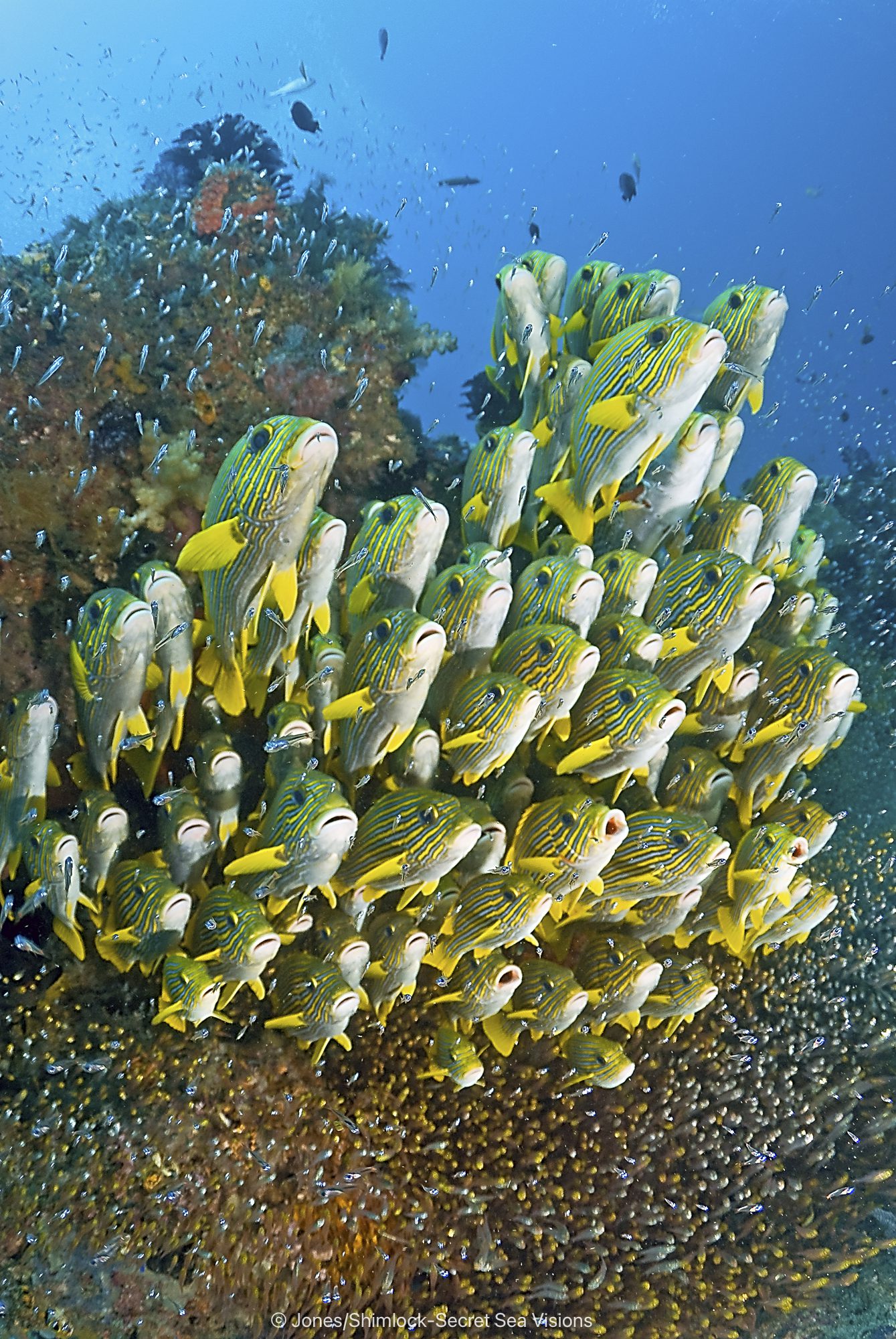Raja Ampat Designated a UNESCO Bioshpere Reserve…finally!
Many of you probably thought Raja Ampat was already a UNESCO Biosphere Reserve…now it’s official, finally.
Most have heard the term UNESCO but many may not know the specifics of the organization. So in brief…
UNESCO, the United Nations Educational, Scientific and Cultural Organization, is a specialized agency dedicated to strengthening our shared humanity through the promotion of education, science, culture, and communication.
We set standards, produce tools and develop knowledge to create solutions to some of the greatest challenges of our time, and foster a world of greater equality and peace.
Protecting biodiversity, responding to artificial intelligence, advancing quality education, safeguarding heritage, and ensuring access to reliable information are some examples of the work that UNESCO does with its 194 Member States across the globe.
On September 27, 2025, in an unprecedented expansion of it’s global network, UNESCO designated 26 new biosphere reserves across 21 countries – the highest number in 20 years. The World Network of Biosphere Reserves now includes 784 sites in 142 countries, protecting an area as large as Australia. The UNESCO World Network of Biosphere Reserves (WNBR) covers internationally designated protected areas, known as biosphere or nature reserves, which are meant to demonstrate a balanced relationship between people and nature. They are created under the Man and the Biosphere Program (MAB).
UNESCO’s highlights of the region include Raja’s underwater scenery, it’s coral reefs, the cave paintings of the Tomolol area, it’s landscape (topside) of coastal areas, it’s unequaled marine biodiversity.
Raja Ampat is the crown jewel of the Bird’s Head Seascape, which includes Cenderwasih and Triton Bays.
Bird’s Head Seascape Facts
- Heart of the Coral Triangle and the global epicenter of marine biodiversity with the highest coral reef biodiversity for any area its size in the world
- 22.5 million hectares with over 2500 islands and reefs
- 1894 species of reef fish
- 600+ species of corals
- 17 species of whales and dolphins; significant cetacean migration routes and aggregation sites
- Some of the world’s most extensive mangrove forest and sea grass beds, which support dugongs, juvenile fish, saltwater crocodiles, and provide protection and food for the people of the BHS
- World’s largest Pacific leatherback turtle nesting beaches, with regionally significant nesting sites for green, olive ridley, and hawksbill turtles
- Protected by a network of 26 marine protected areas, comprising 5.23 million hectares of the most biodiverse reefs on earth, and strongly supported by the communities that surround and live within them
- The Coral Triangle’s first shark and ray sanctuary, located in Raja Ampat, that provides strict protection to all sharks and rays, as well as turtles, dugongs and endemic fishes
- Over 200 internationally acclaimed scuba diving sites
- Cenderawasih Bay: Indonesia’s largest marine national park
- 775,000 people with rich, diverse cultures and tribal traditions
- Endemic birds of paradise, rare plants and insects, karst spires, densely forested peaks, and deserted beaches
- An unprecedented partnership between coastal communities, local and national governments, international and local NGOs, and academic institutions ensures sustainable management of the Bird’s Head Seascape’s resources
- Home of the Stegostoma tigrinum Augmentation and Recovery (StAR) Project, the world’s first rewilding program for a threatened shark species, with nearly 50 endangered leopard shark pups successfully rewilded to date
- Hosting (in Raja Ampat) the world’s first documented population of reef manta rays that is INCREASING in number (averaging 7% increase per annum)
Congratulations to all concerned.
Want to know more?





